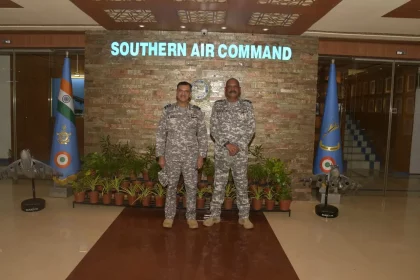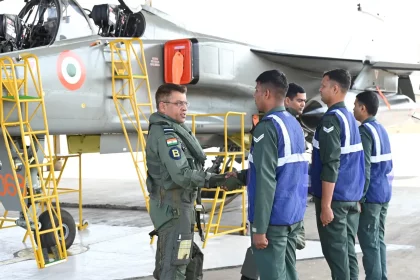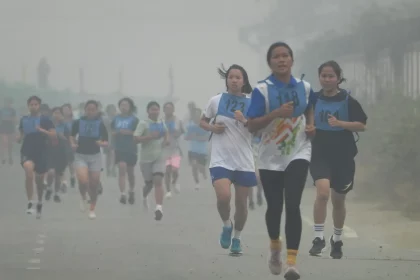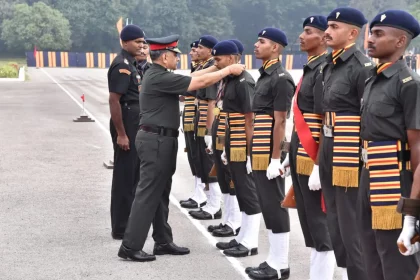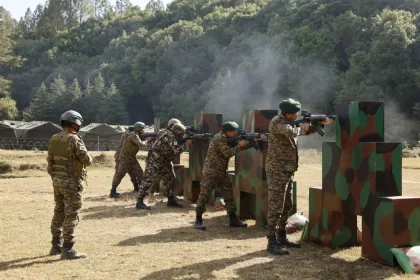Air Marshal Jeetendra Mishra Reviews Ops Synergy During Visit to Southern Air Command
Commanders Discuss Sindoor Takeaways, Joint Preparedness & Maritime Vigilance.
BlackRock’s Bitcoin Holdings Surge Over 250%, XRP ETF Investors See Simultaneous Wealth Surge After Choosing Moon Hash
Amidst the global crypto asset market's overall surge, fund flows from both institutional and retail investors are exhibiting unprecedented strength.…
Air Marshal Nagesh Kapoor Visits Air Force Station Bhuj, Flies Jaguar Sortie and Reviews Cybersecurity, Ops Readiness
Air Marshal Nagesh Kapoor Visits Air Force Station Bhuj.
Territorial Army Opens Doors for Women in Historic Recruitment Rally at Imphal
Historic recruitment rally in Imphal welcomes women to the Territorial Army for the first time.
Agniveer Batches Pass Out with Pride at Hyderabad and Secunderabad Training Centres
Young Agniveers complete 31 weeks of rigorous training, ready to serve the nation with pride.
Lieutenant General Anindya Sengupta Reviews Joint India–Nepal Training at Foreign Training Node Pithoragarh
Lt Gen Sengupta lauds interoperability and technological integration at FTN Pithoragarh.

